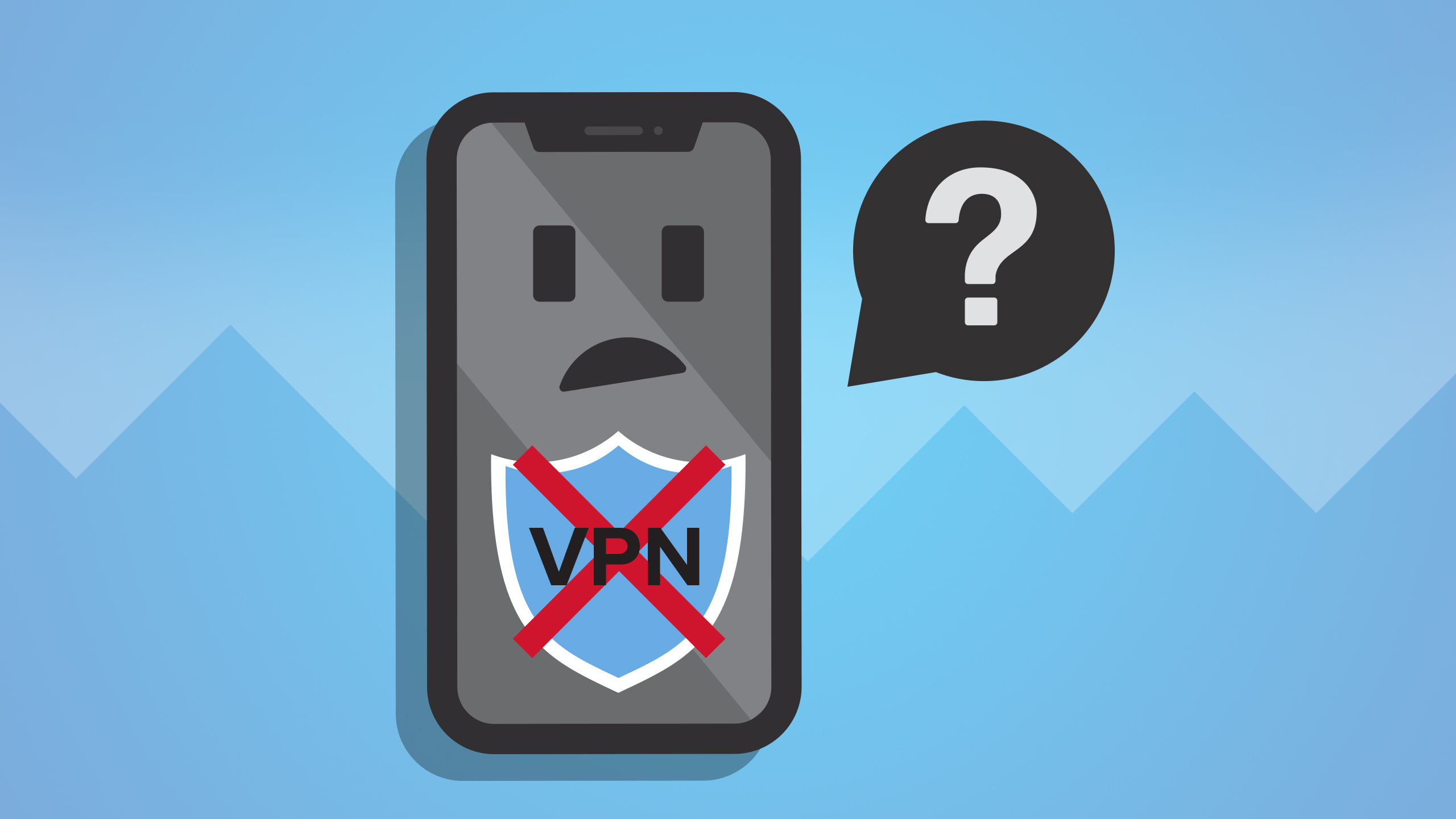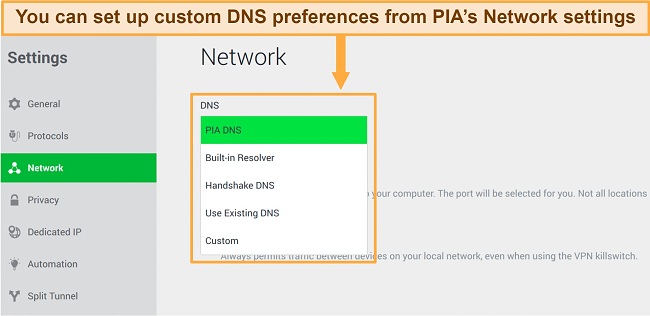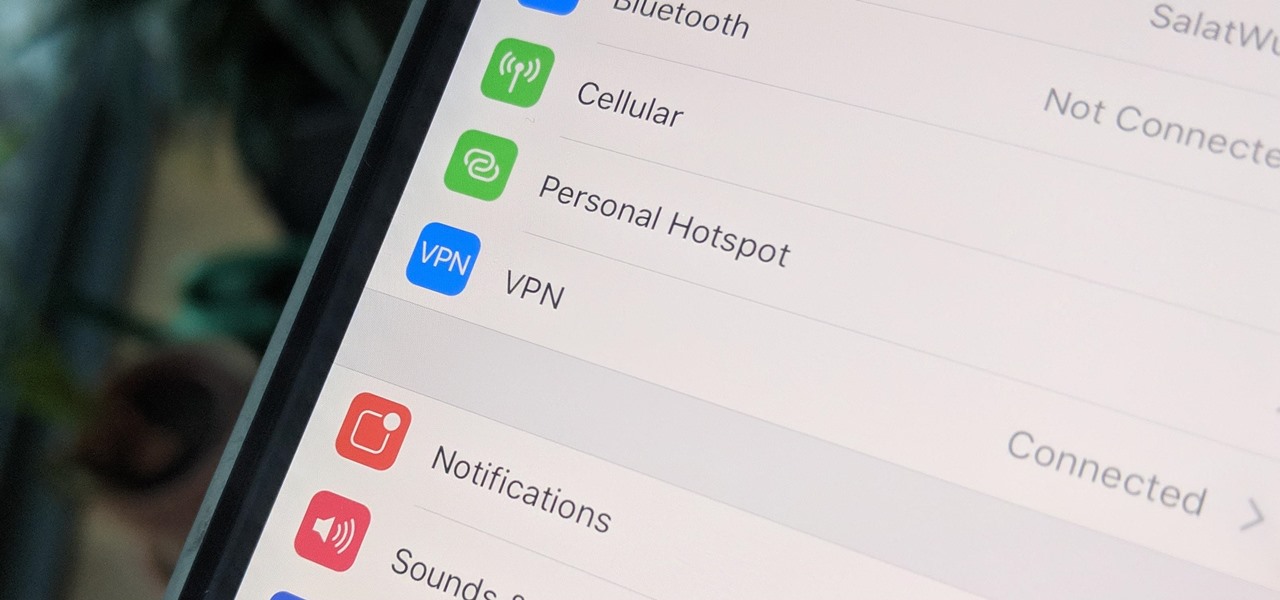Featured
Table of Contents
Streaming Websites, Services, Or Apps Are Inaccessible ...

The Routing and Remote Gain access to snap-in lives within the Microsoft Management Console, understood as the MMC. There are several methods to access the MMC. You can pick the console from the Start menu's Programs choices, within the Administrative Tools folder within Windows server's Control board or by typing mmc at a command timely.
As Tech, Republic's Brandon Vigliarolo demonstrates within his video at the start of this short article, the Services console displays the status of the Routing and Remote Gain access to entry. From within the Services console and with the Routing and Remote Gain access to entry highlighted, you can click Start the Service or right-click the entry and choose Restart.
Sometimes the VPN client and VPN server are set to utilizing different authentication approaches. Verify whether an authentication error is the issue by opening the server console. Another method of accessing the MMC is to type Control+R to open a command prompt in which you can type mmc and struck Get in or click OK.
If the entry isn't present, click File, select Add/Remove Snap-in, select the Routing and Remote Gain access to choice from the choices and click Add, then OK. With the Routing and Remote Gain access to snap-in included, right-click on the VPN server and click Properties. Then, evaluate the Security tab to verify the authentication technique.
5 Of The Most Common Vpn Issues And Their Fixes
Guarantee the VPN client is set to the authentication method specified within the Security tab. Normally the products simply examined are accountable for many VPN connection rejection mistakes. But other basics must be appropriate, too. If the Windows Server hosting the VPN hasn't joined the Windows domain, the server will be not able to verify logins.
IP addresses are another basic component for which administration must be properly set. Each Web-based VPN connection normally uses 2 different IP addresses for the VPN customer computer. The first IP address is the one that was assigned by the client's ISP. This is the IP address that's utilized to establish the initial TCP/IP connection to the VPN server online.

This IP address usually has the very same subnet as the local network and hence permits the client to communicate with the regional network. When you set up the VPN server, you should configure a DHCP server to designate addresses to clients, or you can develop a bank of IP addresses to appoint to clients straight from the VPN server.


If this option is picked and the reliable remote access policy is set to enable remote gain access to, the user will be able to connect to the VPN. Although I have been not able to re-create the situation personally, I have actually heard rumors that a bug exists in older Windows servers that can cause the connection to be accepted even if the effective remote gain access to policy is set to deny a user's connection.
Help With Twitter.com

Another typical VPN issue is that a connection is successfully developed but the remote user is unable to access the network beyond the VPN server. By far, the most common cause of this issue is that authorization hasn't been given for the user to access the entire network. To enable a user to access the whole network, go to the Routing and Remote Gain access to console and right-click on the VPN server that's having the issue.
At the top of the IP tab is an Enable IP Routing check box. If this check box is allowed, VPN users will have the ability to access the rest of the network, presuming network firewall programs and security-as-a-service settings permit. If the checkbox is not picked, these users will have the ability to access only the VPN server, however absolutely nothing beyond.
If a user is dialing directly into the VPN server, it's generally best to configure a static path between the client and the server. You can set up a fixed path by going to the Dial In tab of the user's homes sheet in Active Directory site Users and Computers and picking the Apply A Fixed Route check box.
Click the Include Route button and after that go into the location IP address and network mask in the space offered. The metric need to be left at 1. If you're utilizing a DHCP server to appoint IP addresses to clients, there are a couple of other problems that could trigger users not to be able to go beyond the VPN server.
How To Troubleshoot Common Issues With Avast Secureline ...
If the DHCP server assigns the user an IP address that is already in use elsewhere on the network, Windows will spot the conflict and prevent the user from accessing the remainder of the network. Another typical issue is the user not getting an address at all. The majority of the time, if the DHCP server can't designate the user an IP address, the connection won't make it this far.
254.x. x range. If the customer is appointed an address in a range that's not present within the system's routing tables, the user will be unable to browse the network beyond the VPN server. Other problems can contribute to this issue, too. Ensure the resources the user is attempting to access are in fact on the network to which the user is connecting.
A VPN connection to the other subnet might, in reality, be needed. A firewall program or security as a service solution could also be to blame, so do not forget to examine those options' settings, if such parts are present in between the VPN server and the resources the user seeks to reach.
The first possibility is that one or more of the routers involved is performing IP packet filtering. I advise examining the customer, the server and any makers in between for IP package filters.
Latest Posts
Why You Need A Vpn, And How To Choose The Right One
Beginner's Guide To Vpn - Everything You Need [5000+ ...
Best Vpns For Small Businesses (2023)